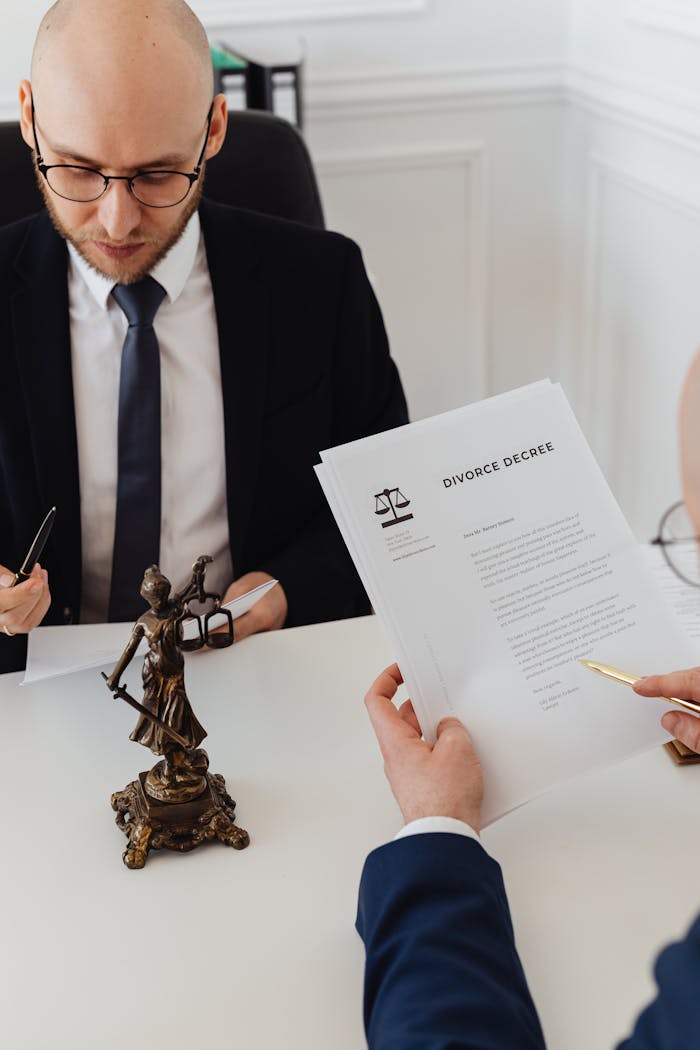Hi doctor,
Welcome to this free introduction to facial filler injection. If you’re here, it means you’re either new to aesthetic injectables, or you’re looking to build a strong, safe foundation before treating real patients.
Before we get into the actual techniques, I want to help you understand the essential basics every doctor must know — no exceptions — before performing filler injections. These aren’t optional. These are your non-negotiables.
Let’s go through them together, step by step.
👨⚕️ Who Is This Prerequisite For?
This free course is for:
- Licensed medical professionals who are entering aesthetics
- Doctors who want to transition from general medicine or surgery into cosmetic treatments
- Anyone who wants to feel confident and safe before starting injections
- Professionals considering enrolling in my advanced filler modules, and want to make sure the foundations are solid
This is not a hands-on course. Everything I teach here is fully online, step-by-step, and rooted in real clinical practice.
🧠 1. Understanding the Role of Anatomy in Injectables
Before you touch a syringe, you must master facial anatomy — not just textbook diagrams, but practical, injection-relevant anatomy.
You need to know:
- Vascular landmarks: where the arteries and veins run, and where occlusions can occur
- Nerve pathways: so you avoid injury and numbness
- Fat compartments and planes: because where you inject affects how filler spreads and how it looks
If you inject in the wrong plane — too deep, too superficial, or near a danger zone — you risk bruising, lumps, migration, or worse.
In my full course, I go into each facial zone in detail, but this free course gives you the baseline you must understand to inject safely.
💉 2. What Is Hyaluronic Acid and How Does It Work?
Most dermal fillers used worldwide are based on hyaluronic acid (HA) — a naturally occurring substance found in skin and connective tissue.
What makes one filler different from another?
Three things:
- G-prime (or gel firmness)
- Cohesivity (how well the gel holds together)
- Crosslinking technology (how long it lasts and how it integrates)
You’ll learn how to choose the right filler depending on the treatment area — lips, cheeks, nose, under-eyes, etc. — and how not every HA behaves the same way.
Even if you’ve used one brand before, that doesn’t mean it’s suitable for every indication. This free course gives you the foundational knowledge to match product to purpose.
⚠️ 3. Safety First — The Risk You Must Respect
Let me be 100% clear: filler injections are a medical procedure.
This is not beauty therapy — it’s medicine.
You must be prepared to:
- Prevent complications before they happen
- Recognize a vascular occlusion instantly
- Have hyaluronidase on hand (and know how to use it)
- Understand emergency protocols if things go wrong
- Know how to manage swelling, bruising, lumps, asymmetry, and more
Even in experienced hands, complications can happen — but what separates a professional from an amateur is how you handle it.
I’ll show you what every injector should have in their emergency kit, and how to stay ready every single time.
🧰 4. Your Basic Injection Kit — What You Really Need
You don’t need a million tools to start — but you do need the right ones.
In this free module, I’ll walk you through:
- The needles and cannulas I recommend for each area
- How to choose the right gauge and length
- Why depth and angle matter more than volume
- The skin prep protocol I use for every injection
- How to document each treatment like a medical procedure (because it is)
I’ll also share with you my minimalist injection tray setup — so you can keep things efficient and sterile.
🧠 5. Injection Mindset — How to Think Like a Professional Injector
Being a good injector isn’t just about hand skill — it’s about clinical judgment and aesthetic decision-making.
This includes:
- Knowing when not to treat
- Setting realistic expectations with patients
- Communicating the difference between beautification and rejuvenation
- Recognizing how facial proportions and balance matter more than just filling lines
And perhaps most importantly, building trust and safety with your patient from the moment they walk in.
🧭 Final Thoughts Before You Move Forward
This free prerequisite course is designed to give you a safe, professional entry point into filler injections. Once you’ve completed this foundation, you’ll be ready to move into my step-by-step video modules where I cover:
- Tear troughs
- Lips
- Nose
- Chin
- Forehead
- Temples
- Nasolabial folds
- And full-face contouring strategies
Everything is taught online, in detail, with real clinical footage and commentary.
If you feel ready to continue — and take your skills to the next level — the full course is just one click away.
🎓 Ready for the Full Filler Injection Course?
If you’re confident in the foundations and want to move forward with real technique, I invite you to join the full training program where I guide you through:
- Exact injection plans
- Filler selection for each facial zone
- Live demonstrations on real patients
- Complication prevention and correction
- And how to think, plan, and treat like a master injector
👉 Click here to continue:
🔗 Enroll in the Full Filler Masterclass (Insert your Kajabi course link)
Let’s build your confidence, sharpen your technique, and elevate your practice — completely online, at your own pace.



